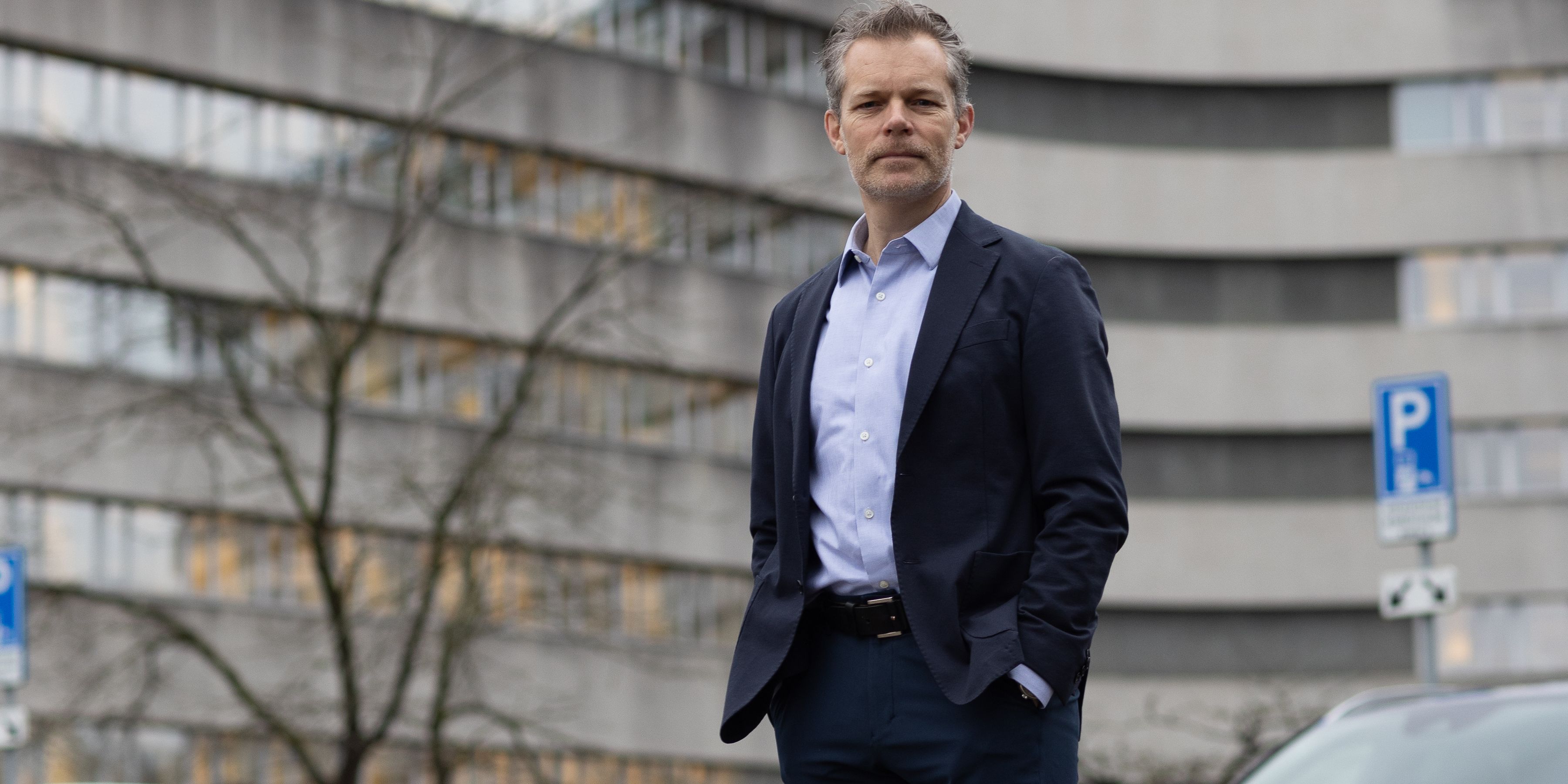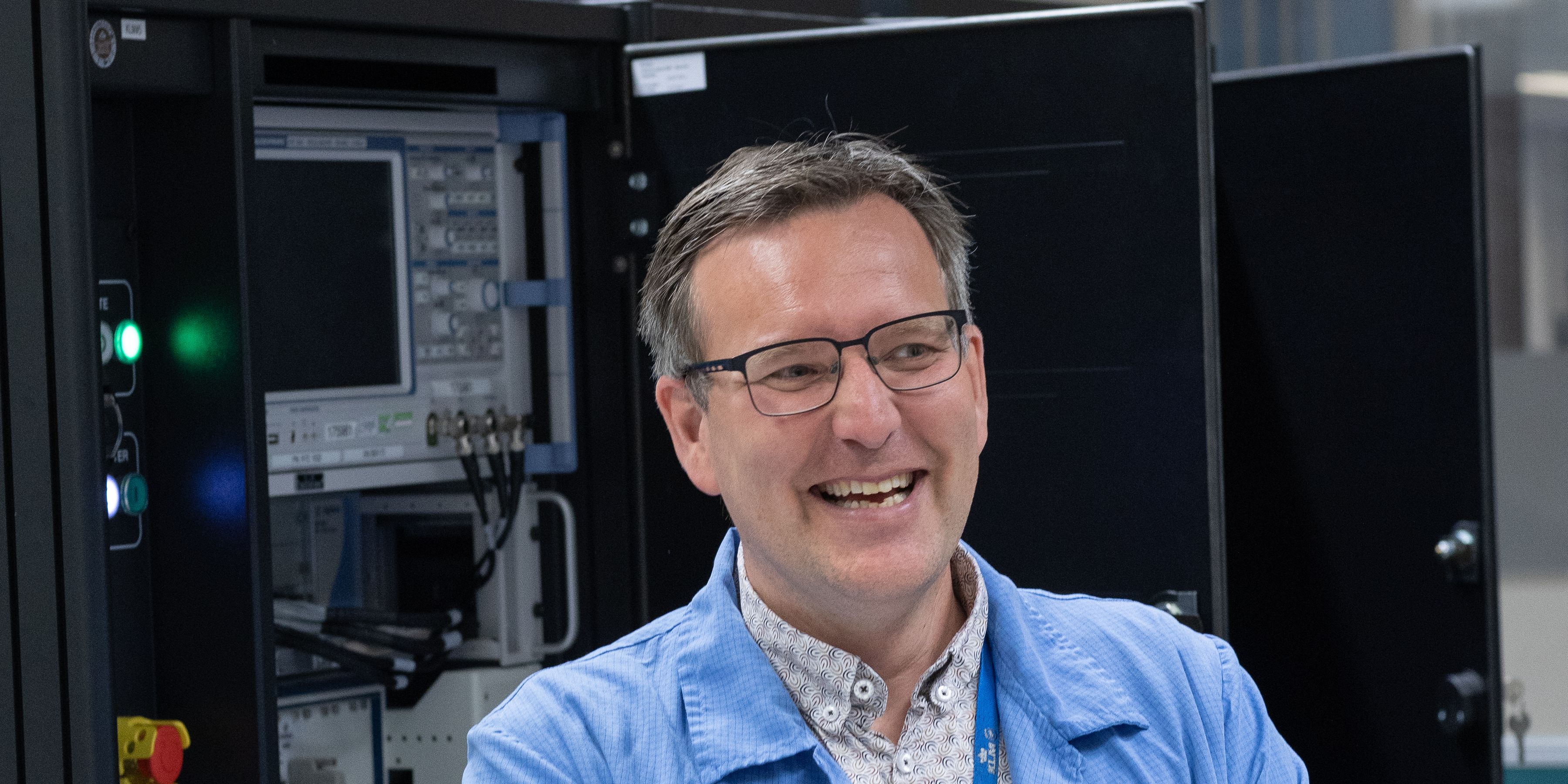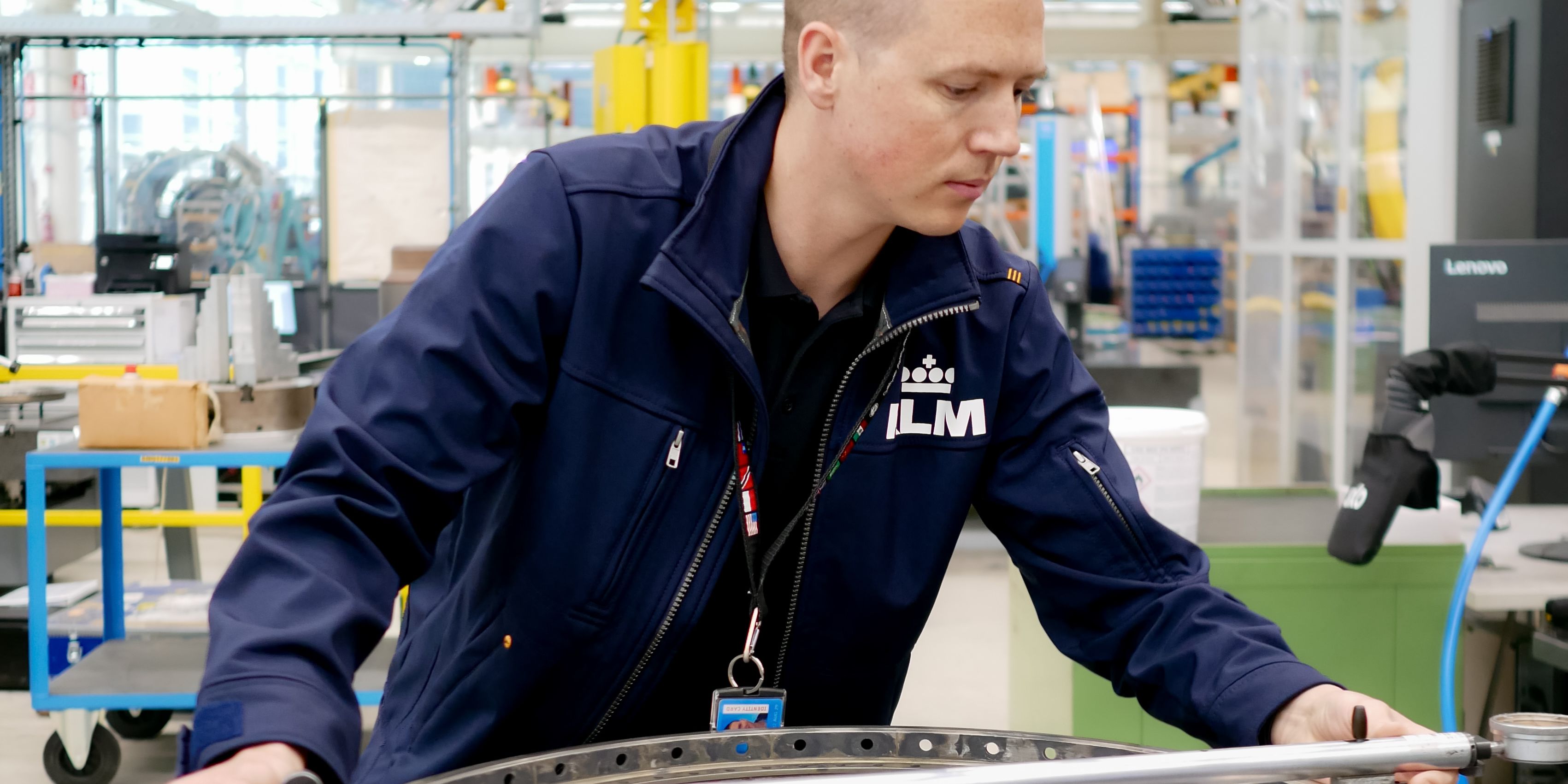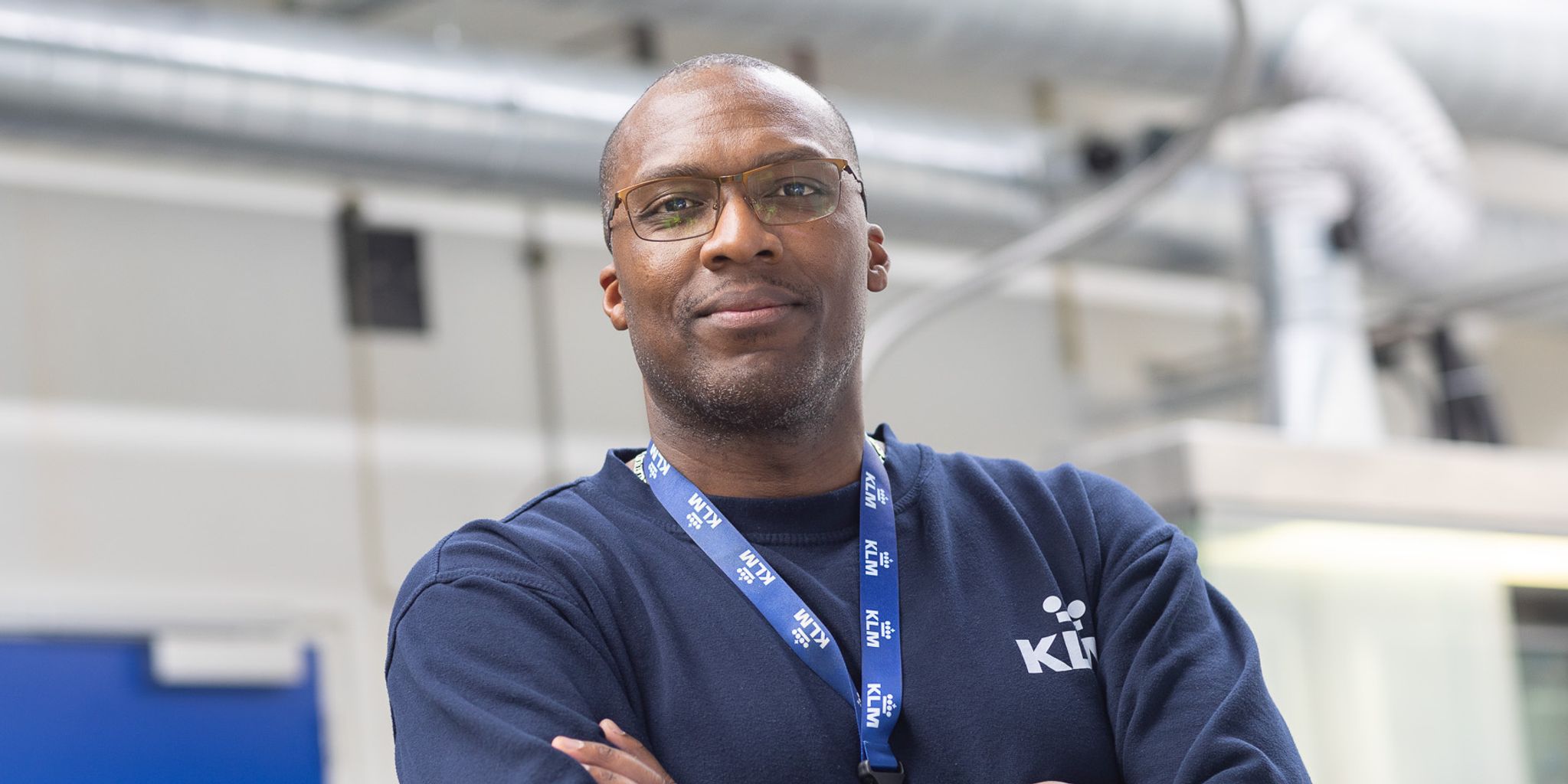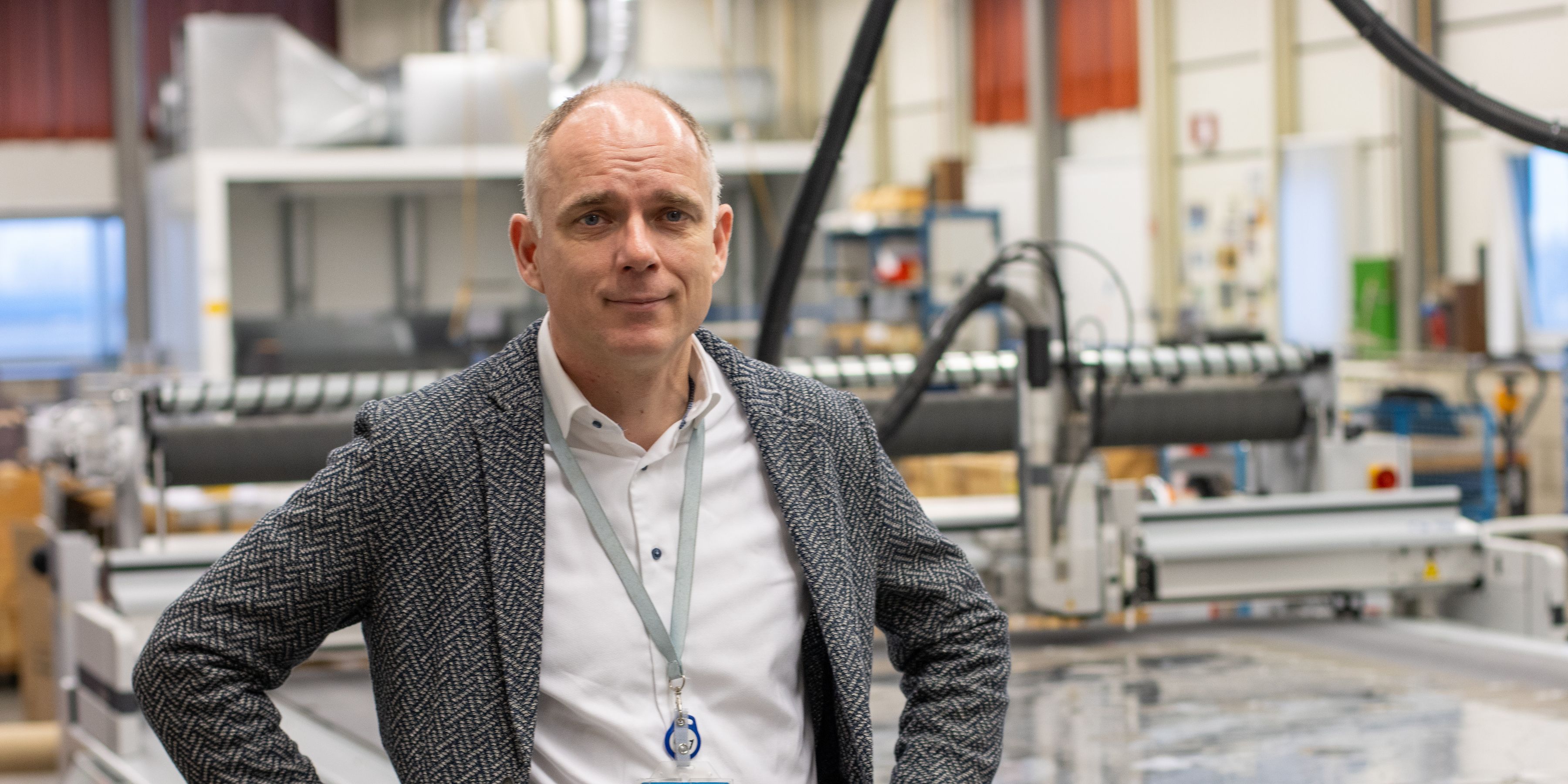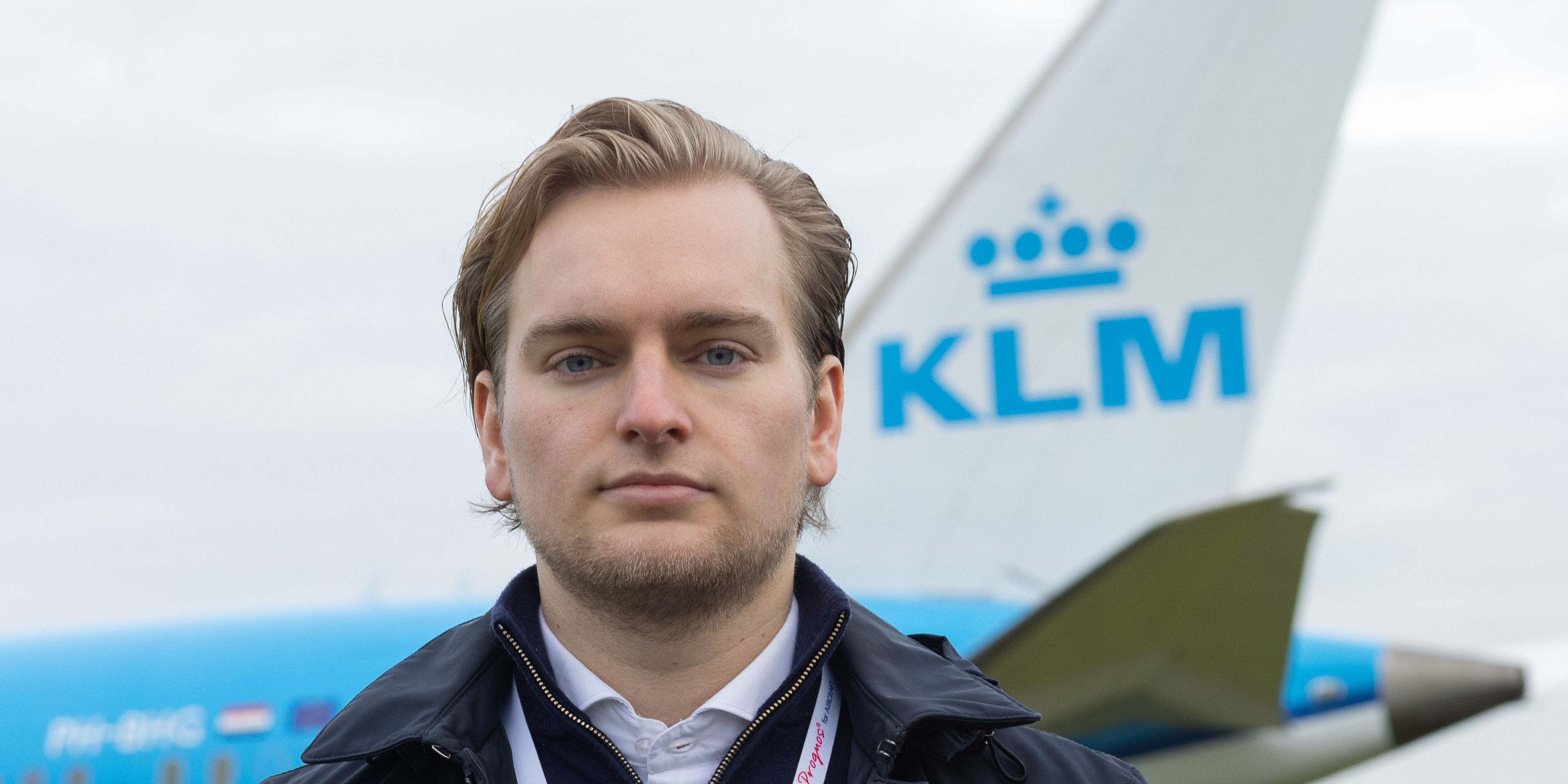This is how KLM supports technological maintenance revolutions
KLM Engineering & Maintenance is one of the largest technical organizations in the world. Here, colleagues inspect, repair, and maintain thousands of different aircraft components—including engines. And that’s no small feat: every single bolt is crucial. It’s important that the right repair techniques are used. Rob and Robert make sure these techniques are truly top of the line.
By the book
“When KLM buys an aircraft engine from the manufacturer, it comes with an extensive manual,” Rob explains. “This way, we know how the engine works and how to maintain and repair it. For most tasks, we have the necessary certifications. But for certain components, the manufacturer says: you can’t just repair these. Only if the repair is done in a specific way can they guarantee safety. So we have to prove to the manufacturer that we carry out the repair according to their guidelines.”
The engineers in our Engine Shop then have to prove that we deserve the license by performing various tests. This shows the manufacturer that we meet the required standards—that we’re capable, so to speak. For example, it might involve applying a specific type of coating to shafts, frames, or housings. If we’re off by even one hundredth of a millimeter, it’s not right, and we have to do it again.Rob
Everything under control
There are already companies with these additional licenses. So why does KLM still want to perform this kind of maintenance and repairs itself? “Money, control, and turnaround time,” says Robert. “If we don’t do it ourselves, the parts are often shipped all over the world—to Asia, America, or Brazil. That’s not only more expensive, but you also have less control over your supply chain.”
Inspection and collaboration
“The aviation sector is generally conservative when it comes to adopting modern techniques,” says Rob.
Safety is the number one, two, and three priority—and rightly so. As a result, technological revolutions tend to happen at the manufacturer rather than with us. Still, KLM wants to stay ahead when it comes to maintenance, so we make sure to be closely involved in the practical implementation of new repair techniques. We don’t just buy—we also contribute ideas.Robert
This helps build a sustainable future for KLM.
Great pride
“Cold metal transfer (CMT) is an example of such a collaboration with the manufacturer. It’s a welding technique that has been used for decades in the automotive industry, and we have introduced it to our sector as well. We are one of the few engine shops worldwide that are certified to use this technique. You see, welding involves heat, heat creates tension, and tension leads to distortion. That’s the last thing you want when you have a scratch on an engine part. You can also weld with less heat, but then the welding wire doesn’t melt, so you can’t build up material to repair the scratch. The CMT technique really is the best of both worlds: hardly any heat is generated, but the result is extremely strong. You could say this is our showpiece.”
For a more sustainable future
Rob shares another pioneering example from KLM: “We are an organization that still uses a lot of technology from the last century, but more and more sustainable alternatives are being developed.” As Repair Development, we work closely with the manufacturers of the components to be the first in the world to test and eventually use these alternatives. At the moment, we are testing a product very seriously. Technically, it’s quite a challenge—with a clear goal: sustainability. Honestly, it’s not yet mandatory, but we want to do it anyway. At KLM, we always want to lead the way in safety and sustainability.
This also brings several advantages for KLM. First of all, the parts last longer, so they don’t need to be replaced as often—“repair instead of replace.” Secondly, the parts don’t need to be shipped all over the world, which results in lower CO2 emissions. And thirdly, if KLM is the only company in the world able to perform these repairs, it improves the global market position of KLM Engineering & Maintenance.
